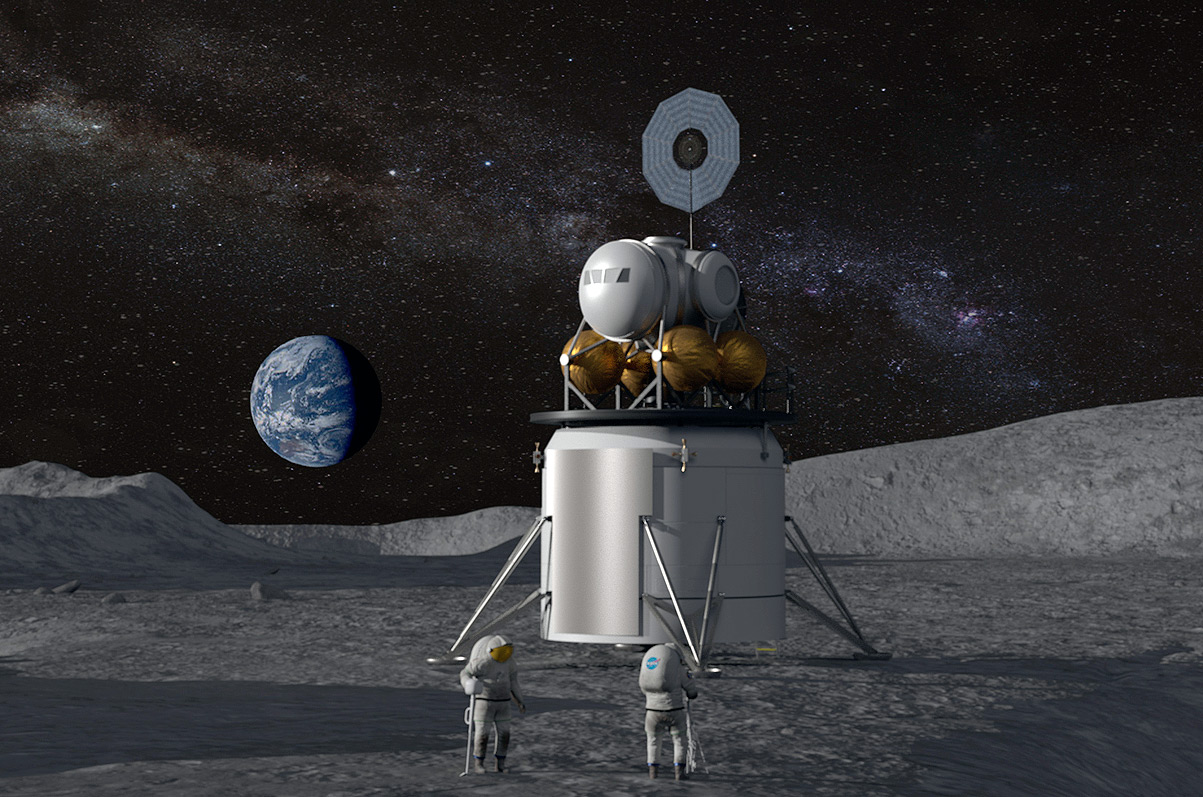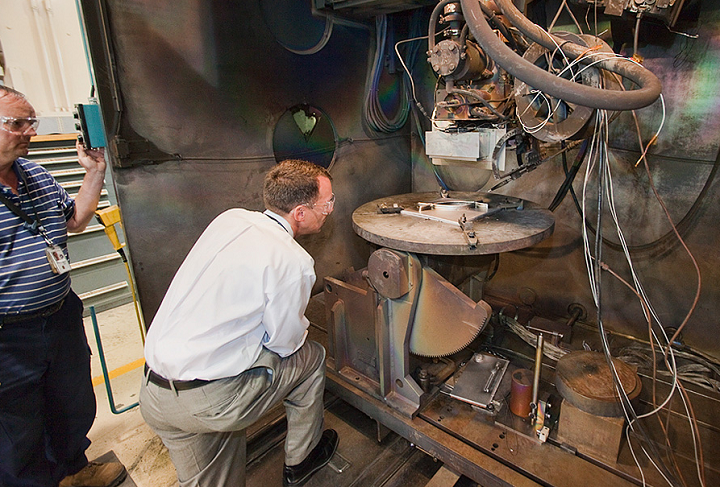Engineering firm COSM Advanced Manufacturing Systems has announced that it has begun working on the final development and build of a metal 3D printing system for NASA.
The company was selected back in 2017 to design an electron beam 3D printer to support NASA’s needs for in-space automated manufacturing and component repair. Funded by NASA’s Langley Research Center, COSM has been working tirelessly for over three years on its system, which is set to support a variety of space, lunar, and Martian missions, starting with the Artemis program.

Autonomous metal 3D printing in space
COSM’s 3D printer is DED-based, and uses an electron beam to melt spools of metal wire into large complex parts. The core printing technology itself was developed in collaboration with NASA Langley as part of the Electron Beam Free Form Fabrication (EBF3) program, with the present project acting as follow-on work. The company has revealed that it will be compatible with aerospace-critical metals such as titanium, Inconel, and aluminum.
Leveraging the company’s extensive experience in using charged particle beams for imaging and metrology applications in the semiconductor sector, the printer will feature real-time process monitoring, process control, and flaw detection capabilities. As such, NASA will be able to adjust its 3D printing parameters during the fabrication process from its space centers down on Earth.
Karen Taminger, senior materials research engineer and technical lead at NASA Langley, states, “We are excited by the prospect of adding COSM’s high precision electron beam capabilities into the EBF3 process to enhance in-space welding and additive manufacturing for future exploration missions. COSM’s experience enables integrated visualization and sensing in real time to control and inspect work being performed in remote areas.”
According to Richard Comunale, COSM’s founder and CEO, the final stretch in the machine’s development will result in the core system components being validated for launch and operation in transit, as well as on the Moon and Mars.

Becoming a multi-planetary species
COSM was previously in a public-private partnership under NASA’s Space Technology Mission Directorate (STMD) to help develop a Commercial Infrastructure for Robotic Assembly and Services (CIRAS) in space. With the goal of aiding humanity in occupying other celestial bodies, the CIRAS program advanced a number of key technologies that will go on to be integral for in-orbit manufacturing and large space structure assembly.
Speaking of COSM’s grand aspirations, Comunale concludes, “Producing large metal parts autonomously to verifiable specifications and quality in-space will be an enabling part of man’s permanent presence on the Moon and further missions to Mars. This complex task is made possible by fundamental technology developed by COSM with support from NASA’s Langley Research Center. This is an incredible opportunity and an honor for our team to play a role in NASA’s Artemis program.”
With similar goals in mind, scientists from the Technical University of Braunschweig and Laser Zentrum Hannover (LZH) recently 3D printed lunar regolith under zero gravity for the first time. As part of the ‘MOONRISE’ project, the team mounted a custom laser onto their ‘MIRA3D’ lunar rover and melted moondust into spherical shapes, paving the way for a flight-ready model that could enable future astronauts to fabricate long-term structures on the Moon.
Elsewhere, in Texas, construction company ICON has previously signed a contract with NASA to develop a 3D printed off-world construction system for the Moon. Project Olympus will see ICON partner with architecture firms BIG and SEArch+ to design robust lunar structures that will also be built using materials available on the Moon’s surface.
Subscribe to the 3D Printing Industry newsletter for the latest news in additive manufacturing. You can also stay connected by following us on Twitter and liking us on Facebook.
Looking for a career in additive manufacturing? Visit 3D Printing Jobs for a selection of roles in the industry.
Featured image shows NASA engineers inspecting the early-stage EBF3 system. Photo via NASA.



